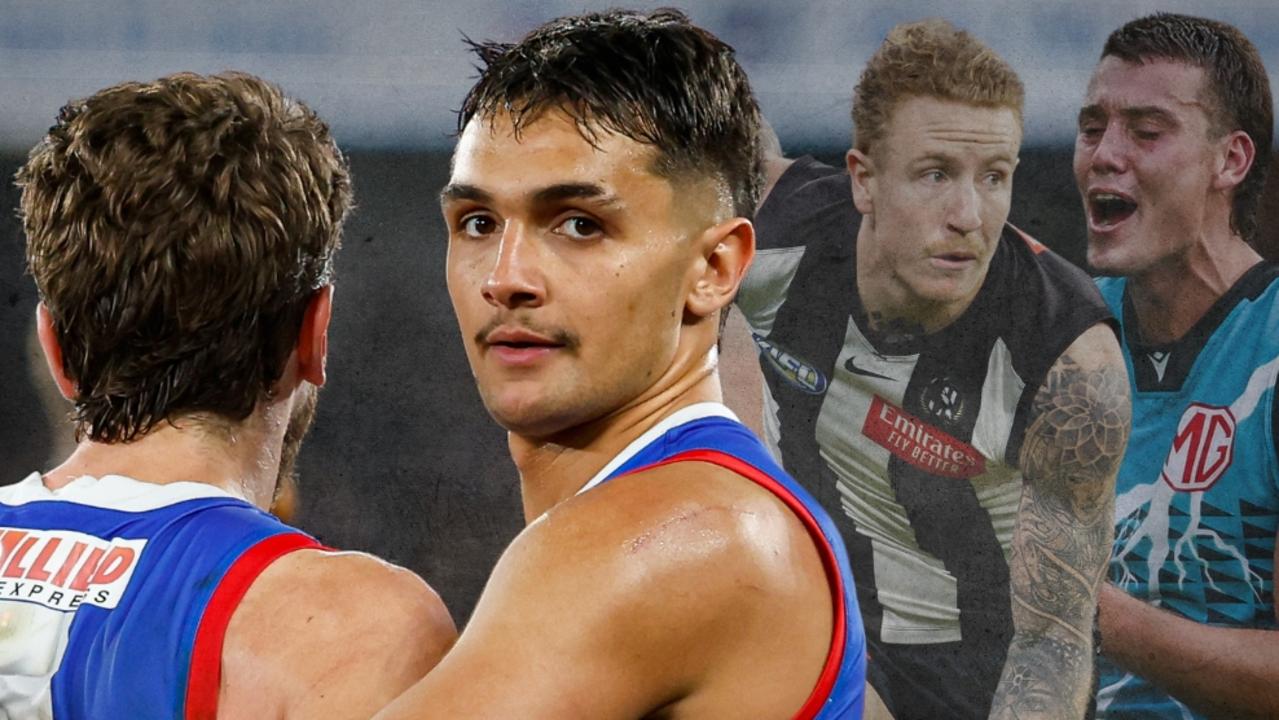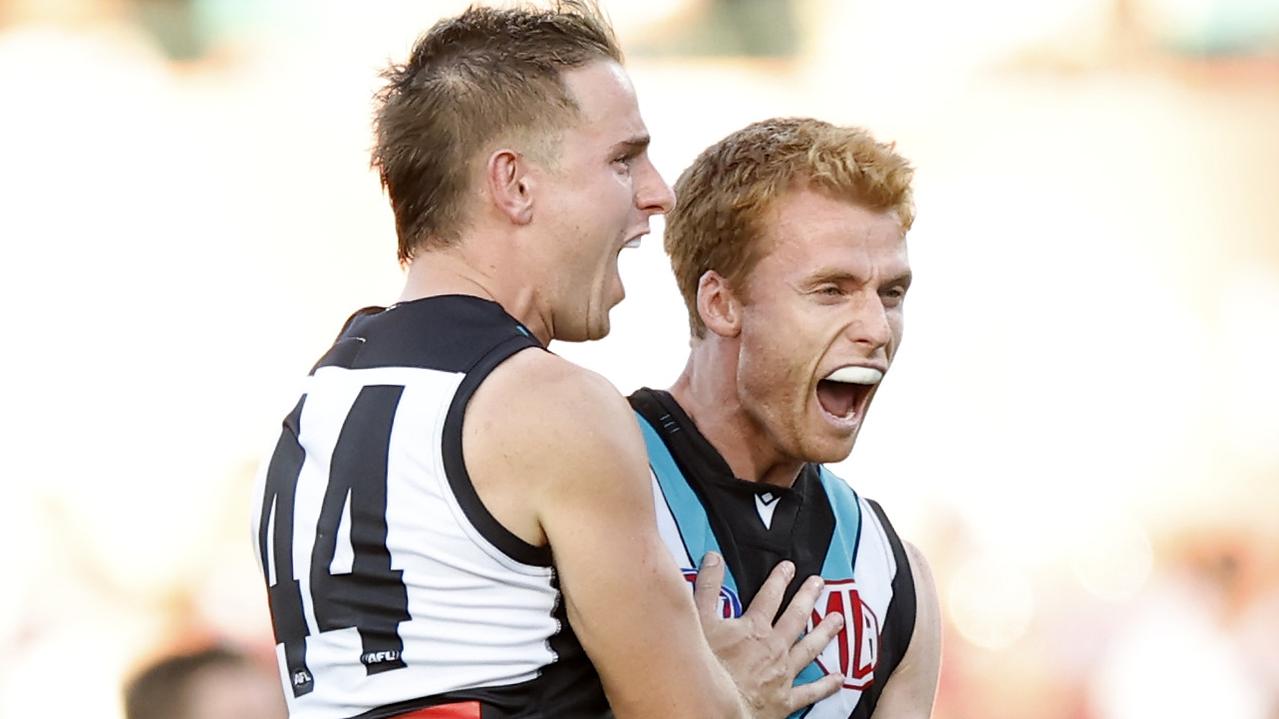Footballers being used 'as stem cell lab rats'
AFL and NRL footballers are being used as "lab rats" by biomedical companies to promote radical stem cell therapy.
AFL and NRL footballers are being used as "lab rats" by biomedical companies to promote radical stem cell therapy, a treatment scientists say has not been proven to work, or even to be safe.
The therapy is being aggressively pitched to footballers.
The Weekend Australian has been told biomedical companies have approached clubs, offering to treat footballers for free, so they can use their testimonials to promote the $10,000 therapy to the public -- a practice one leading sports doctor described as "ethically pretty shaky".
A number of NRL players, including South Sydney forward Sam Burgess and former Australian representative, Cronulla's Anthony Tupou, along with retired ALF player Clint Bartram, have had the treatment to help mend damaged knee cartilage.
The treatment involves fat cells being extracted from the player and then processed. The processed stem cells are then injected back into the player's injured joint, to supposedly promote cartilage growth.
The procedure has been promoted by a number of club doctors, including Wests Tigers doctor Donald Kuah and the Demons' Dan Bates -- both of whom have close links with biomedical companies.
(Bates was recently stood down by the club because of his contact with controversial sports scientist Stephen Dank.)
However, two of Australia's leading stem cell researchers, Martin Pera, of Stem Cell Sciences at the University of Melbourne, and John Rasko, of Cell and Molecular Therapies at Sydney's Royal Prince Alfred Hospital, said the available scientific evidence neither proved it was safe nor that it worked.
"We are not sure about safety and we are not sure about the benefits," Professor Pera said. "I think this whole area is a big concern for the field."
The World Anti-Doping Agency has banned the "use of normal or genetically modified" stem cells as it "has the potential to enhance performance", except when used to repair tissue, which means the procedures used on the injured footballers are not outside the codes.
A leading sports doctor, Mark Young, medical director for the Australian triathlon, diving and softball squads, said it was potentially damaging to athletes as it appeared to take away the pain, but might not cure the damage.
"There is potentially an increased risk of accelerated degenerative joint disease as athletes continued playing without pain," Dr Young said.



